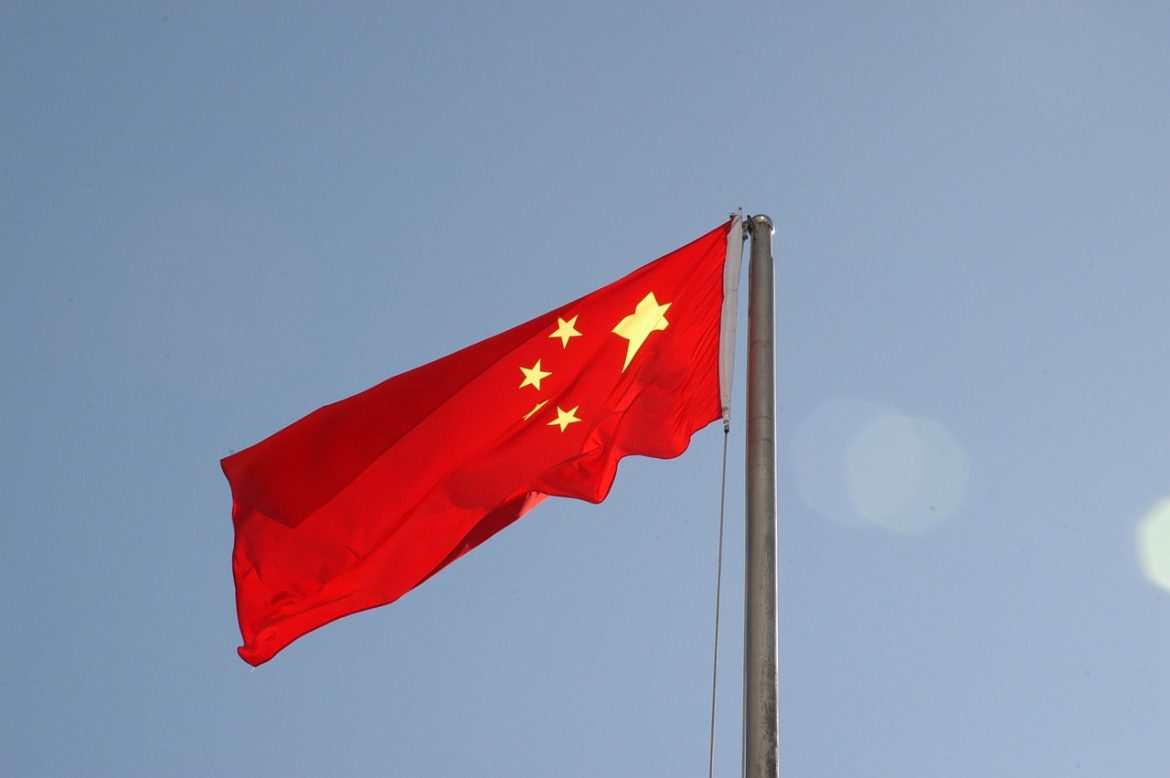In a bid to enhance communication between the two largest global economies and alleviate mounting tensions, the United States and China have jointly unveiled a fresh framework for economic dialogue. This initiative comes on the heels of a series of visits by three prominent members of President Biden’s cabinet to Beijing earlier this summer, aimed at addressing longstanding issues of both economic and geopolitical nature.
The U.S. Treasury Department announced on Friday that both nations have reached an agreement to establish economic and financial working groups, which will convene regular meetings to facilitate policy discussions and information exchange. This development signifies a rekindling of a decades-old approach to bilateral relations, which had been dismantled during the tenure of former President Donald J. Trump.
Under the newly-formed structure, the Treasury Department will spearhead these working groups, acting as a vital bridge for transparent and substantive conversations. These groups will serve as dedicated channels to voice America’s interests and concerns, promote equitable economic competition for American businesses and workers, and encourage cooperation on global challenges. U.S. Treasury Secretary Janet Yellen, who visited Beijing in July, will be overseeing this initiative, while China’s representatives, hailing from its Ministry of Finance and the People’s Bank of China, will report to Vice Premier He Lifeng.
However, significant economic disparities still linger between the two nations, ranging from tariffs and technology controls to investment restrictions. Notably, the Biden administration has expressed mounting concerns regarding the treatment of American companies operating within China.
This collaborative effort between the Treasury Department and Chinese officials represents a revival of the long-standing interagency negotiation framework that was put on hold during the Trump administration. During the 1970s, Congress had shifted trade-related authority away from the Treasury Department and into the newly established Office of the United States Trade Representative. This move was prompted by complaints from American industries and labor unions, accusing the Treasury and State Department of making trade concessions to gain allies against the Soviet Union during the Cold War.
Under Presidents George W. Bush and Barack Obama, the Treasury Department had led interagency negotiations with China, which effectively curtailed the influence of American trade officials. Successive Treasury Secretaries had prioritized economic policy coordination with China, as well as the opening of China’s financial markets to Wall Street firms.
However, former President Trump altered this approach by dismantling the interagency working groups. Instead, he authorized each agency to negotiate independently with China, with Treasury Secretary Steven T. Mnuchin engaging in parallel discussions with Chinese Vice Premier Liu He. Ultimately, Mr. Trump lent his support to Robert E. Lighthizer, his trade representative, who negotiated a limited trade agreement signed by both nations in January 2020, which remains in effect.
More recently, during her visit to Beijing and Shanghai in August, Gina Raimondo, the U.S. Commerce Secretary, announced an agreement between the U.S. and China to initiate regular dialogues focusing on commercial matters and restrictions related to advanced technology access.
A senior Treasury official revealed that a consensus to form these groups was reached during Secretary Yellen’s visit to China in July. The economic group will primarily address challenges like debt restructuring for low- and middle-income countries facing financial distress, while the financial group will delve into topics concerning financial stability and sustainable finance.
In her remarks on Friday, Secretary Yellen emphasized the significance of this new framework in bilateral relations, highlighting that open dialogue remains essential, particularly when disagreements persist.







